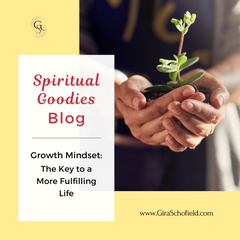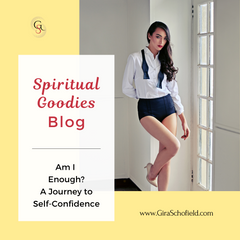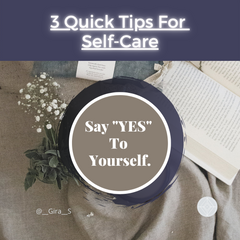Your cart is empty now.
Become Fearless

To Feel All The Feels
- 04 April, 2021
- Gira Schofield
Truly embracing how you feel is not easy.
It means you are not bypassing discomfort, pain, or suffering. You release the control of the mind in “how you think you should feel” and start to be in allowance with the true freedom of self-expression. It means that you are willing to feel so deeply within yourself, that you honor yourself in the present moment even when not feeling “positive” or “good.” Knowing that feelings are not placed in a category of “good” or “bad,” but simply giving oneself permission, and the freedom to feel. Therefore, accepting ALL of your Feelings.
Initially, you will not want to feel any “negative” feelings, but those feelings are the entryway to release resistance, blame, and shame toward yourself and others. In return, this allows you to move into a place of compassion, and for some, even forgiveness (for more information on Forgiveness, check out my workshop, The Risky Business of Forgiveness). You’ll realize that judgment only recreates the same cycle, thus exemplifying the phrase “history repeats itself.”
Every individual has the freedom to express their “feels” and how they perceive a topic. I am not asking anyone to stop speaking his or her own truth. Instead, I present to you another way of looking at the world and what is happening. If someone decides to take a deep dive into themselves, it may give them a higher view of what previously seemed impossible.
If we desire to change this world and move in a “positive” direction, only a space of compassion and love can transition us to a place of equality, unity, community, and connection. But don’t take my word for it; instead look at world leaders who have made a positive change. (i.e. Nelson Mandela, Martin Luther King Jr., Gandhi, Jesus, Mother Teresa, Princess Diana, and Wilma Mankiller - the first woman to be elected Principal Chief of the Cherokee Nation.) They did not focus their energy on judgment, blame, and accusations, rather they demonstrated through nonviolent communication, love, and compassion. To some it may feel like they did not make a difference in our world - they absolutely did through each person, place, and thing they touched.
As you go through the process to “feel all the feels,” you will experience various (e)motions that are there to serve you. Thus allowing you a deeper sense of compassion for yourself and develop deeper compassion for others.
I ask you now, what changes can you make to go deeper into compassion within yourself, at your home, and/or your community?
Allowing yourself to “Feel ALL the Feels” can be scary and even frightening. Unwanted, uncomfortable, or “bad” feelings (also known as "triggers") may surface and you may want to distract yourself from them. These distractions could include things such as: alcohol, smoking of any kind, medication, food, sex, caffeine, working out, nonstop cleaning, excessive meditation, etc. These distractions could be anything that takes you away from what you are actually feeling.
So what can you do?
Here are some ways in dealing with triggers, especially if someone is talking about a hot topic in which (e)motions can run wild:
1. Create a safe space for yourself to feel (make sure you will not hurt yourself or anyone else, otherwise seek medical help).
2. What is triggering you? (Person, place, thing, event, or a certain thought?)
3. Identify the (e)motion. Ask yourself, "What (e)motion am I feeling?" (Anger, resentment, powerlessness, despair, lonely, not feeling in control, guilt, not feeling safe or supported, depressed, anxiety, easily distracted, etc.)
4. Ask yourself, "Is what I think and feel TRUE?"
5. Ask yourself, "What am I learning from this feeling, this (e)motion, this situation? Or what can this feeling teach me?"
6. Honor yourself in whatever feeling comes up. Journal and see if there is a pattern that presents itself.
7. Continue this process as needed.
Do you desire to become fearlessly confident and start pursuing your dreams?
Do you desire to become fearlessly confident and start pursuing your dreams?
But you feel stuck and struggle with analysis paralysis, right?
I too, felt like I wasn't enough and would constantly compare myself to others.
Because having a positive mindset is only 1 key component to living a fearless life.
Well, now I have found the key to being fearlessly confident and it encapsulates EVERYTHING. There is no stone unturned.
Click here for more details on FCM, Fearlessly Confident Masterclass.
~Enjoy The Moment~
DISCLAIMER:
I am not a mental or healthcare professional. This blog cannot replace any medication or professional treatment. If you have any mental health conditions please consult your health-care provider.
Search
Custom Menu
Recent Post
Archive
- July 2023
- April 2021
Translation missing: en.general.search.loading



